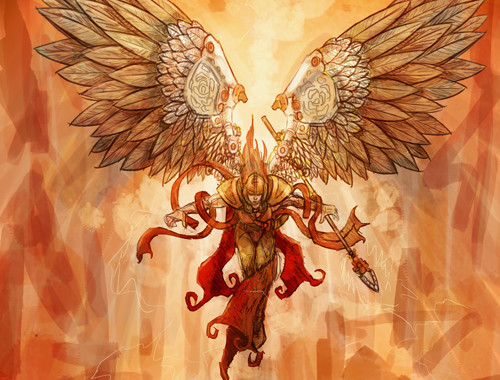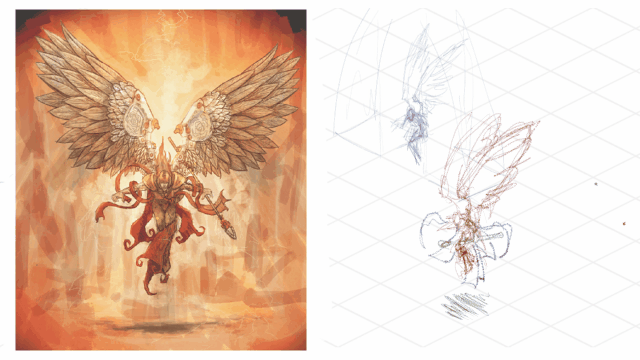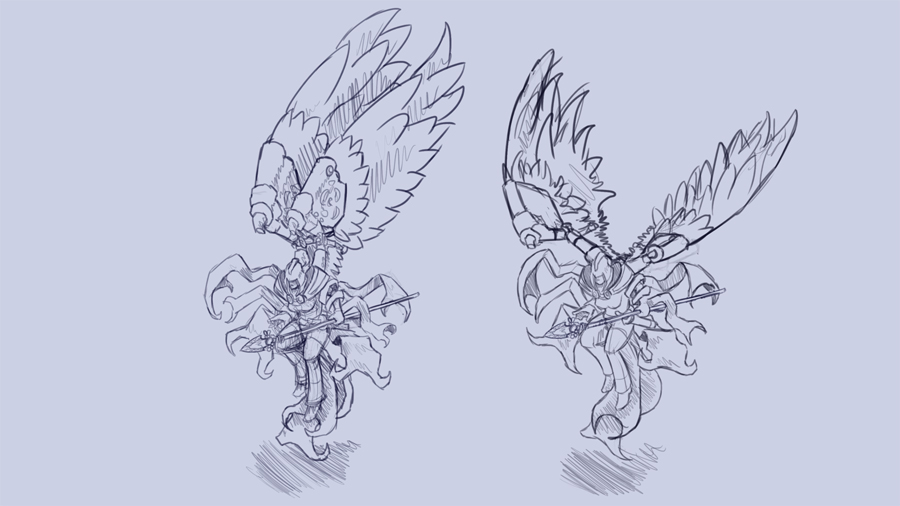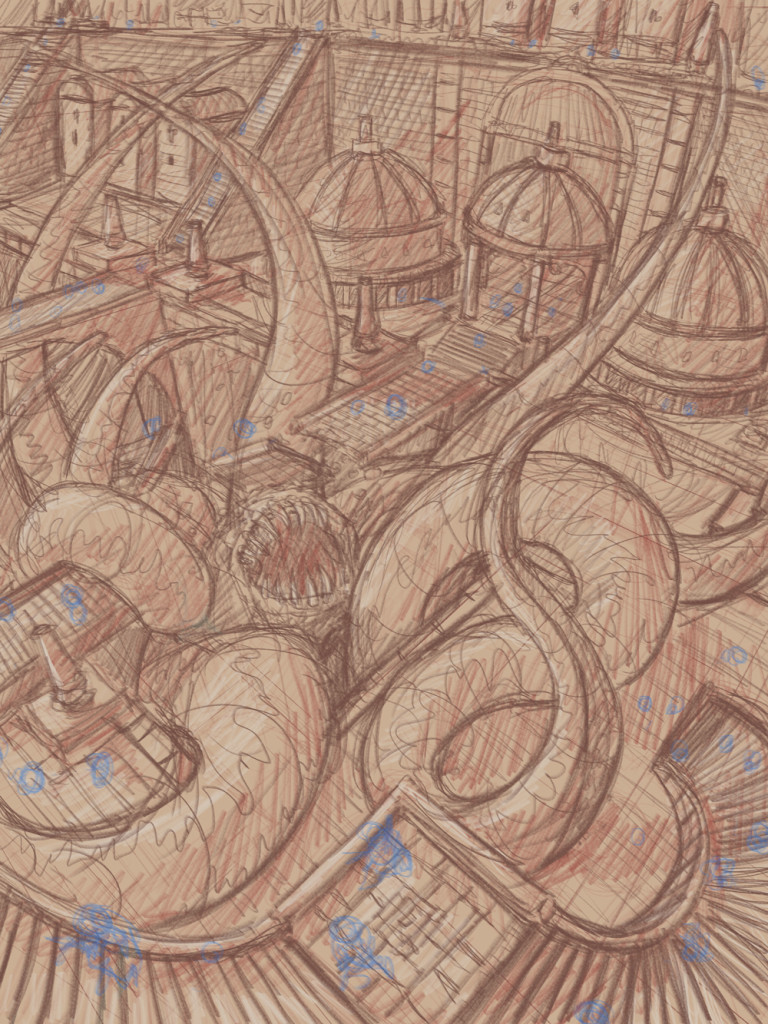 As I’ve been thinking about future game possibilities for our company, I’ve become enamored with the isometric point of view. This is when basically you design the point of view of your game from a top down angle where the grid for your ground plane forms parallel lines.
As I’ve been thinking about future game possibilities for our company, I’ve become enamored with the isometric point of view. This is when basically you design the point of view of your game from a top down angle where the grid for your ground plane forms parallel lines.
You see this point of view in the smallest independent games all the way up through major platform releases like the Diablo series from Blizzard.
As I’m working on the concepts for games, I’m also performing a series of exercises to get my self thinking from this point of view.
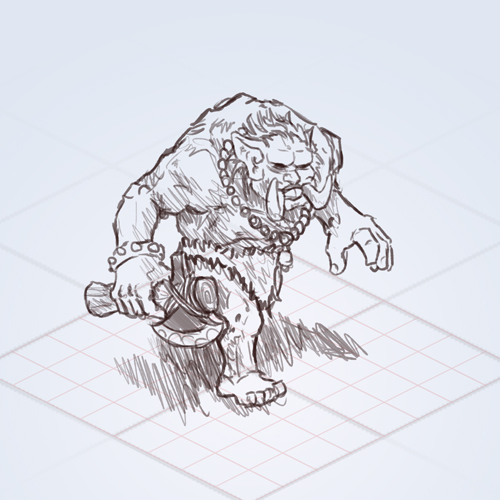
Everything from doing throw away thumb nail and silhouette sketches to trying to design how architecture can be rendered so it feels dynamic but doesn’t block your point of view.
Here is a look at one of the exercises I’m working on. Staring with a concept sketch.
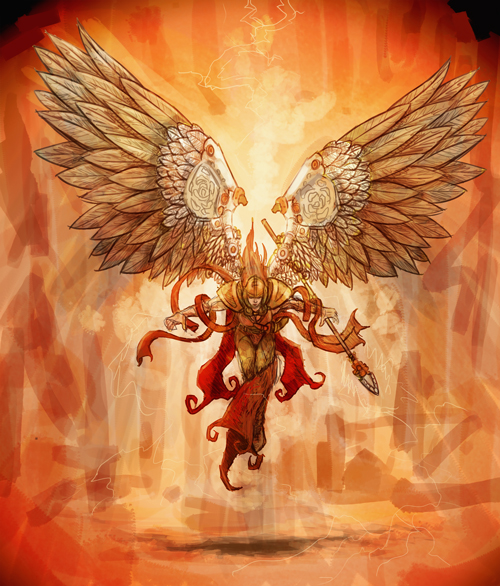
After developing the character in a hero pose, if I was developing this character fully there would be a break down of different angles and behaviors, clothing, equipment and variations. But in this exercise I’m predominately concerned with developing an idle pose that works on an isometric grid. Because I’ve made it a flying character that pose can be fairly dynamic with the wings flapping to keep them in the air.
I’ve also started trying to figure out the detail I can put into the character with out slowing down my animation process or letting the character get so busy that it’s hard to read from far away. In this case, the sketches I’ve started I are too detailed for the end goal. While I like the design, given our workflow, it takes too much time to draw, and the features need to be simplified.
As I’m working of this point of view and the challenges and opportunities it presents, I start thinking about some of the art I’ve already done. I wonder for instance how difficult it would be to take a concept like this and translate it into a playable isometric scene.
Over all it’s an extremely interesting way to be thinking about game design and I know I’m just scratching the surface of possibilities.
